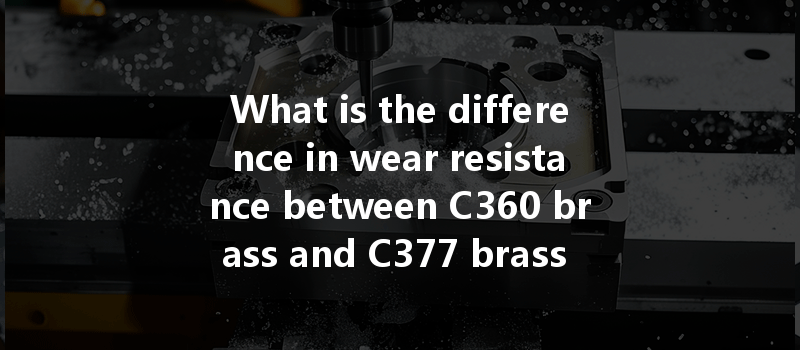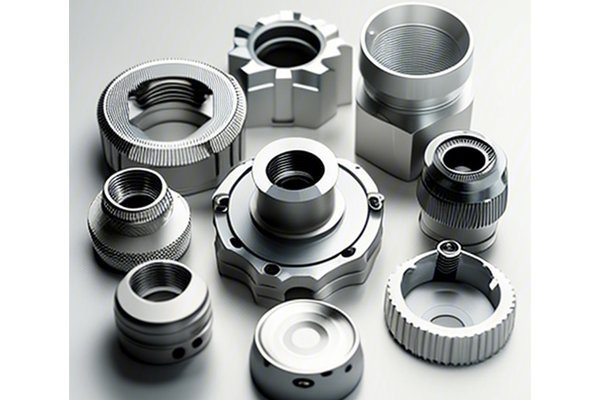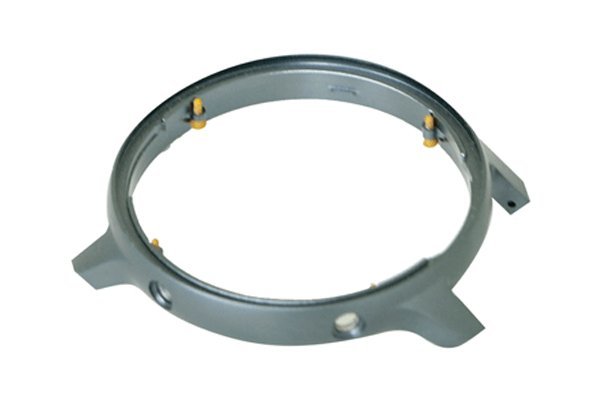Did you know that the choice of brass grades in manufacturing can significantly impact the wear resistance of machined parts? As a popular choice in various applications due to its excellent machinability and corrosion resistance, brass comes in several alloys, among which C360 and C377 are frequently used in CNC (Computer Numerical Control) machining. In this blog, we will delve into the differences in wear resistance between C360 brass and C377 brass, explore their unique properties, and discuss the implications for manufacturing processes.
The Importance of Wear Resistance in CNC Machining
In any CNC machining operation, material performance directly affects the quality and longevity of the finished product. Wear resistance refers to a material’s ability to withstand wear due to friction, pressure, and other environmental factors. In industries such as automotive, aerospace, and electronics, wear resistance is crucial since it can determine the performance, reliability, and safety of the components produced.
Brass Alloys: An Overview
Brass is an alloy primarily made of copper and zinc, with variations in the proportions of these two elements giving rise to different grades. Two of the most commonly used brass alloys are C360 and C
C360 Brass
C360 brass, also known as free-cutting brass, typically contains around 63% copper, 35% zinc, and up to 2% lead for enhanced machinability. This alloy is particularly valued for its excellent mechanical properties, good corrosion resistance, and ease of machining. These characteristics make it ideal for precision machining and applications that involve intricate designs, such as fittings, connectors, and valves.
C377 Brass
C377 brass, also referred to as architectural brass, contains roughly 61% copper, 37% zinc, and a smaller percentage of lead compared to C
Comparing Wear Resistance Between C360 and C377 Brass
Chemical Composition Impact
The wear resistance of both C360 and C377 brass is largely influenced by their respective chemical compositions:
Mechanical Properties
Comparing the mechanical properties of C360 and C377 brass is essential to understanding their wear resistance:
Operating Environment
The operating environment plays a significant role in determining which brass alloy offers better wear resistance. High-temperature applications may favor C377 brass due to its superior mechanical strength, while applications where ease of machining and production speed are prioritized may favor C360 brass.

Solutions for Optimizing Wear Resistance in CNC Machining
In order to maximize the wear resistance of components machined from either C360 or C377 brass, several strategies can be employed:
Understanding the application’s specific demands is crucial for selecting the appropriate brass alloy. Industries that prioritize high wear resistance in harsh environments should lean towards C377, while those focused on precision machining might prefer C
2. Implementing Advanced Machining Techniques
Using CNC machining strategies tailored to the characteristics of the chosen alloy can enhance wear resistance. For example:
Exploring the use of surface treatments and coatings can drastically improve the wear resistance of machined brass parts. Options include:
For components that are part of larger machinery, regular maintenance and monitoring are key to understanding wear patterns and preventing premature failure. Scheduled inspections can help identify any early signs of wear, allowing for timely interventions before parts need replacement.
In summary, understanding the differences in wear resistance between C360 brass and C377 brass is critical for engineers and manufacturers alike. By carefully considering the alloy’s chemical composition, mechanical properties, and the application environment, businesses can choose the optimal material for their CNC machining processes.
Moreover, by implementing targeted strategies—such as selecting the appropriate alloy, utilizing advanced machining techniques, applying surface treatments, and practicing good maintenance—manufacturers can achieve higher wear resistance and extend the life of their machined parts.
This blog serves as a crucial reminder that the choice of materials and machining processes influences the quality of the end products, emphasizing the importance of informed decision-making in CNC machining. As industries continue to evolve, so too does the necessity for a deep understanding of material properties, ensuring not just effective manufacturing but also the longevity and reliability of the products created.






